Home>Storage Ideas>Bathroom Storage>Wood Bathroom Flooring: Is Wood Flooring Suitable For Bathrooms? The Experts Explain
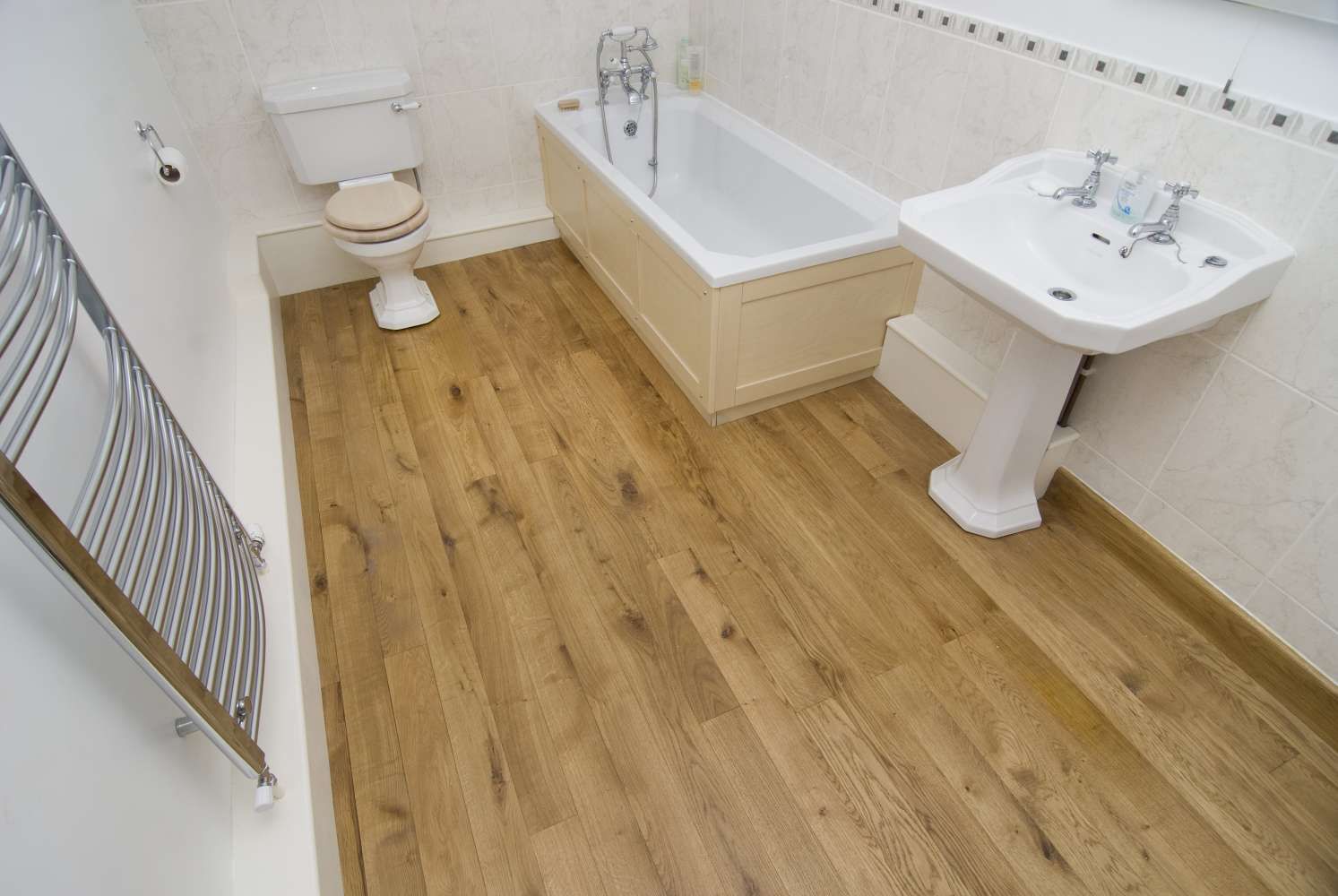

Bathroom Storage
Wood Bathroom Flooring: Is Wood Flooring Suitable For Bathrooms? The Experts Explain
Modified: November 1, 2024
Discover the benefits of wood bathroom flooring and find out if it's suitable for your space. The experts provide valuable insights on bathroom storage and flooring options.
(Many of the links in this article redirect to a specific reviewed product. Your purchase of these products through affiliate links helps to generate commission for Storables.com, at no extra cost. Learn more)
Introduction
Are you considering wood flooring for your bathroom but unsure if it’s the right choice? Look no further, as we dive into the world of wood bathroom flooring to uncover the pros and cons, suitable types of wood, installation process, maintenance tips, and expert advice. Whether you’re remodeling your bathroom or building a new one, understanding the ins and outs of wood flooring options will help you make an informed decision.
Wood flooring in bathrooms has gained popularity in recent years due to its natural beauty and timeless appeal. It can instantly transform a dull and ordinary bathroom into a luxurious retreat. However, there are several important factors to consider before taking the plunge.
One of the main concerns regarding wood flooring in bathrooms is its durability and resistance to moisture. Bathrooms are notorious for high humidity levels, splashes, and spills, which can potentially damage wood flooring if not properly cared for. However, with the right type of wood and proper installation, wood flooring can be a viable option for bathrooms.
In this comprehensive guide, we will explore the pros and cons of wood flooring in bathrooms, suitable types of wood flooring, preparation and installation process, maintenance and care tips, and expert advice to help you decide if wood flooring is the right choice for your bathroom.
So, let’s get started and delve into the world of wood bathroom flooring to find out if it’s the perfect fit for your bathroom!
Key Takeaways:
- Wood flooring in bathrooms offers timeless beauty, durability, and comfort. Choose the right type, follow proper installation techniques, and maintain it regularly for a luxurious and inviting bathroom space.
- Expert advice emphasizes selecting the right wood flooring, focusing on proper installation, taking preventive measures, and consulting professionals. With the right preparation and care, wood bathroom flooring can be a fantastic choice.
Pros and Cons of Wood Flooring in Bathrooms
Wood flooring in bathrooms offers a range of benefits, but also comes with a few drawbacks. It’s important to weigh both the pros and cons before making a decision for your bathroom. Let’s take a closer look:
Pros:
- Natural beauty: Perhaps the most enticing aspect of wood flooring is its natural beauty and aesthetic appeal. Wood adds warmth, elegance, and a touch of sophistication to any space, including bathrooms.
- Timeless appeal: Wood flooring never goes out of style. It offers a classic and timeless look that can seamlessly blend with various design styles, from traditional to modern.
- Durability: When properly maintained, wood flooring can be highly durable and withstand the daily wear and tear of a bathroom. It is important, however, to choose the right type of wood and finish that can withstand moisture and humidity.
- Comfort: Wood flooring provides a comfortable underfoot feel, making it pleasant to walk on barefoot, especially in bathrooms where we often spend time getting ready in the mornings or relaxing in the evenings.
- Easy to clean: Wood flooring is relatively easy to clean and maintain. Regular sweeping or vacuuming, along with occasional mopping using a damp cloth, will help keep it looking its best.
Cons:
- Moisture and humidity concerns: Bathrooms are prone to high humidity levels and moisture, which can potentially damage wood flooring. Proper installation and regular maintenance are crucial to prevent water damage.
- Potential for warping and swelling: If exposed to excessive moisture, wood flooring can warp and swell, leading to unsightly gaps or uneven surfaces. Proper sealing and finishing are essential to minimize the risk.
- Scratch and dent susceptibility: Wood flooring can be prone to scratches, dents, and nicks, especially in high-traffic areas. Regularly applying protective coatings and using felt pads under furniture can help minimize the chances of damage.
- Higher cost: Wood flooring can be more expensive compared to other flooring options, such as tile or vinyl. However, the long-term value and aesthetic appeal of wood can outweigh the initial investment.
- Installation complexity: Installing wood flooring in bathrooms requires careful planning and professional expertise. It may be necessary to hire a professional installer to ensure proper sealing and waterproofing.
By considering these pros and cons, you can make a well-informed decision on whether wood flooring is the right choice for your bathroom. It’s crucial to weigh the benefits against the potential challenges and ensure that you take the necessary precautions to maintain and protect your wood flooring in the bathroom.
Types of Wood Flooring Suitable for Bathrooms
When selecting wood flooring for your bathroom, it’s important to choose a wood species and flooring type that can withstand the moisture and humidity typically found in a bathroom environment. Here are some of the top choices for wood flooring that are suitable for bathrooms:
1. Engineered Wood Flooring:
Engineered wood flooring is an excellent option for bathrooms due to its resistance to moisture. It is made up of multiple layers, with a top layer of real wood and a core layer of high-density fiberboard (HDF) or plywood. This construction helps to prevent warping or damage from moisture. Engineered wood flooring comes in a variety of finishes and wood species, providing the look and feel of solid wood flooring without the drawbacks.
2. Vinyl Wood-look Flooring:
Vinyl wood-look flooring, also known as luxury vinyl plank (LVP) or luxury vinyl tile (LVT), is another popular choice for bathrooms. It offers the appearance of real wood flooring but is made of vinyl, which is highly resistant to moisture. Vinyl wood-look flooring is available in a wide range of styles and colors, providing the flexibility to match any bathroom decor.
3. Porcelain or Ceramic Wood-look Tile:
If you want the authentic look of wood flooring but with better moisture resistance, consider porcelain or ceramic wood-look tiles. These tiles are designed to mimic the appearance of wood planks and are highly durable and waterproof. They offer the best of both worlds, combining the aesthetic appeal of wood with the practicality of tile. Porcelain or ceramic wood-look tiles are available in various sizes, finishes, and patterns, allowing for endless design possibilities.
4. Bamboo Flooring:
Bamboo flooring is an eco-friendly option that is suitable for bathrooms. Although bamboo is technically a grass, it shares many characteristics with hardwood flooring. It is naturally resistant to moisture, making it a suitable choice for humid bathroom environments. Bamboo flooring comes in a variety of colors and styles, offering a unique and sustainable flooring option.
5. Teak Flooring:
Teak is a dense and durable tropical hardwood that is naturally resistant to water and moisture. It is a popular choice for bathroom flooring due to its excellent moisture resistance and beautiful aesthetic. Teak flooring can add a touch of luxury and sophistication to any bathroom decor.
When choosing wood flooring for your bathroom, it’s essential to consider not only the visual appeal but also the moisture resistance and durability. Consult with a flooring professional to determine which type of wood flooring is best suited for your bathroom based on your specific needs and preferences.
Preparing Your Bathroom for Wood Flooring Installation
Proper preparation is crucial when installing wood flooring in your bathroom. Taking the necessary steps beforehand will ensure a successful and long-lasting installation. Here are some important factors to consider when preparing your bathroom for wood flooring installation:
1. Assess the Subfloor:
Before installing wood flooring, it’s essential to assess the condition of the subfloor. Ensure that it is clean, dry, and level. Any bumps, cracks, or dips in the subfloor should be repaired or leveled to ensure a smooth and even surface for the new flooring.
2. Apply Waterproofing:
To protect your wood flooring from potential moisture damage, consider applying a waterproofing membrane or sealant on the subfloor. This additional layer of protection will help prevent moisture from penetrating the wood and causing warping or swelling.
3. Allow for Expansion Gaps:
Wood flooring needs room to expand and contract with temperature and humidity changes. Leave a small gap between the flooring and the walls, as well as around any fixed objects like toilets or vanities. This gap will allow for proper expansion and prevent buckling or damage to the flooring.
4. Check for Proper Ventilation:
Ensure your bathroom has adequate ventilation to prevent excessive moisture buildup. Proper ventilation, such as a bathroom exhaust fan or a window, will help remove excess humidity and reduce the risk of damage to your wood flooring. Consider installing or upgrading ventilation if needed.
5. Address Plumbing Issues:
Before installation, it’s essential to address any plumbing issues, such as leaks, drips, or water damage, in your bathroom. Fixing these issues will help prevent future water damage to your wood flooring and ensure a stable and dry environment.
6. Acclimate the Wood Flooring:
Prior to installation, acclimate the wood flooring to the bathroom’s humidity and temperature. Follow the manufacturer’s recommendations for acclimation time, which typically involves storing the flooring in the bathroom for a few days before installation. This step will allow the wood to adjust to the bathroom’s environment, minimizing the potential for expansion or contraction post-installation.
7. Clear the Space:
Clear out all furniture, fixtures, and other items from the bathroom before installation. This will provide a clean and unobstructed space for the flooring installation process.
By properly preparing your bathroom for wood flooring installation, you can ensure a smooth and successful process. Taking the time to address any potential issues and implement preventive measures will help protect your investment and enjoy your new wood flooring for years to come.
Installation Process for Wood Flooring in Bathrooms
Installing wood flooring in bathrooms requires careful planning and proper execution to ensure a successful and durable result. Here is a step-by-step guide to the installation process:
1. Gather the Necessary Tools and Materials:
Before starting the installation, gather all the tools and materials needed. This may include your chosen wood flooring, underlayment, adhesive or nails, measuring tape, saw, hammer, spacers, and a pry bar. Make sure you have everything on hand to avoid delays during the installation.
2. Prepare the Subfloor:
Ensure that the subfloor is clean, dry, and level. Remove any existing flooring and take necessary steps to repair or level the subfloor as needed. Sweep or vacuum the subfloor to remove any debris that could interfere with the installation process.
3. Install the Underlayment:
Depending on the type of wood flooring you’ve chosen, you may need to install an underlayment. The underlayment acts as a barrier between the subfloor and the wood flooring, providing cushioning and moisture resistance. Follow the manufacturer’s instructions for installing the underlayment.
4. Lay the Wood Flooring:
Start by planning the layout of the wood flooring. Consider the direction of the planks and how they will flow in the space. Begin laying the first row along one wall, using spacers to maintain a consistent expansion gap. Use adhesive or nails to secure the planks, following the manufacturer’s instructions for your chosen flooring type.
5. Cut and Fit the Flooring:
As you progress with the installation, you will likely encounter areas where the wood flooring needs to be cut to fit around corners, edges, or fixtures. Use a saw to carefully cut the planks to the appropriate size and shape. Remember to leave expansion gaps around fixed objects.
6. Continue Row by Row:
Continue laying the wood flooring row by row, ensuring that each row is securely connected to the previous one. Use spacers to maintain consistent gaps between the rows. Take your time to ensure the planks are aligned properly and the rows are straight.
7. Finish the Installation:
Once all the planks are laid, remove the spacers and check the flooring for any gaps or inconsistencies. Replace any damaged or warped planks before proceeding. Clean the flooring to remove any adhesive or debris, and install any necessary trim or transition pieces to complete the installation.
8. Allow for Proper Drying Time:
After the installation is complete, allow the wood flooring to dry and acclimate to the bathroom’s humidity for the recommended amount of time. This will ensure that the wood adjusts to its environment and minimizes the risk of future issues.
Keep in mind that the installation process may vary depending on the type of wood flooring and manufacturer’s instructions. It is recommended to consult with a professional or refer to the specific guidelines provided by the manufacturer for the best results.
By following these steps and taking the necessary precautions, you can achieve a beautiful and durable wood flooring installation in your bathroom.
Maintenance and Care Tips for Wood Bathroom Flooring
Proper maintenance and care are essential for preserving the beauty and longevity of your wood bathroom flooring. Here are some helpful tips to keep your wood flooring looking its best:
1. Regular Cleaning:
Regularly sweep or vacuum your wood flooring to remove dirt, dust, and debris that can scratch the surface. Use a soft-bristle broom or a vacuum cleaner with a brush attachment to gently clean the flooring. Avoid using a wet mop or excessive water, as prolonged exposure to moisture can damage the wood.
Read more: Laminate Wood Flooring
2. Wipe up Spills Immediately:
Accidental spills can happen in the bathroom. Promptly wipe up any spills, such as water, soap, or toiletry products, to prevent them from seeping into the wood and causing damage. Use a soft cloth or mop to absorb the liquid, and then dry the area thoroughly.
3. Use Mild Cleaning Solutions:
When necessary, use a mild cleaning solution specifically formulated for wood flooring. Avoid using harsh chemicals, abrasive cleaners, or wax-based products, as they can strip the finish or cause discoloration. Follow the manufacturer’s recommendations or consult with a flooring professional for suitable cleaning solutions.
4. Protect from Scratches and Dents:
Avoid dragging furniture, heavy objects, or sharp items across the wood flooring, as they can leave scratches or dents. Place felt pads under furniture legs to prevent scratching, and use rugs or mats in high-traffic areas to provide an extra layer of protection and reduce wear and tear.
5. Maintain Consistent Humidity Levels:
Wood flooring is sensitive to changes in humidity. In the bathroom, where moisture levels can fluctuate, it’s important to maintain consistent humidity levels to prevent potential damage to the wood. Use ventilation fans or open windows to reduce humidity after bathing or showering, and consider using a dehumidifier if necessary.
Read more: How To Seal A Wood Floor
6. Avoid Prolonged Exposure to Sunlight:
Direct sunlight can cause the wood flooring to fade or change color over time. Use curtains, blinds, or window films to filter the sunlight and protect the flooring. Consider rotating rugs or furniture periodically to avoid uneven coloration.
7. Schedule Regular Maintenance:
Periodically inspect your wood flooring for any signs of damage, such as cracks, warping, or loose planks. Address any issues promptly to prevent further damage and ensure the longevity of your flooring. Consider scheduling a professional maintenance check-up every few years to assess the condition and perform any necessary repairs or refinishing.
By following these maintenance and care tips, you can enjoy the natural beauty of your wood bathroom flooring for many years to come. Remember, proper maintenance is key to preserving the appearance and durability of your flooring in the moisture-prone bathroom environment.
Common Myths About Wood Flooring in Bathrooms Debunked
When it comes to wood flooring in bathrooms, there are several misconceptions that have led to common myths. Let’s debunk some of these myths and provide clarity on the suitability of wood flooring for bathrooms:
Myth 1: Wood flooring cannot withstand the moisture in bathrooms.
While it is true that moisture can be a concern for wood flooring, there are specific types, such as engineered wood and vinyl wood-look flooring, which are designed to be highly resistant to moisture. These options have advanced construction and finishing techniques that make them suitable for bathroom environments.
Read more: What To Mop Wood Floors With
Myth 2: Wood flooring in bathrooms will warp and swell.
Wood flooring can be susceptible to warping and swelling if exposed to excessive moisture. However, proper installation techniques, such as sealing and using moisture-resistant materials, can help prevent these issues. Additionally, regular maintenance, including promptly wiping up spills and maintaining consistent humidity levels, will minimize the risk of warping and swelling.
Myth 3: Wood flooring in bathrooms requires too much maintenance.
While it’s true that wood flooring requires regular maintenance to keep it in optimal condition, the level of maintenance needed is not excessive. Sweeping, vacuuming, and occasional mopping using gentle cleaning solutions are typically sufficient to maintain the flooring. With proper care and attention, wood flooring in bathrooms can maintain its beauty for many years.
Myth 4: Wood flooring in bathrooms is not durable.
Wood flooring, especially engineered wood and vinyl wood-look flooring, can be highly durable and withstand the daily wear and tear of a bathroom. It is important to choose a type of wood and finish that is specifically designed for moisture-prone environments. With the right materials and proper installation, wood flooring in bathrooms can be just as durable as other flooring options.
Myth 5: Installation of wood flooring in bathrooms is complicated.
While installing wood flooring in bathrooms requires proper planning and execution, it is not necessarily more complicated than other flooring installations. With the help of professional installers or following manufacturer guidelines, the process can be straightforward. By taking the necessary precautions, such as addressing subfloor moisture, using appropriate adhesives or fasteners, and leaving expansion gaps, wood flooring can be successfully installed in bathrooms.
It’s important to dispel these myths and understand the facts about wood flooring in bathrooms. With the right type of wood flooring, proper installation techniques, and regular maintenance, you can enjoy the timeless beauty and warmth of wood in your bathroom without compromising on durability or functionality.
Read more: How To Clean A Bathroom: An Expert Guide
Expert Advice: What Do the Professionals Say About Wood Bathroom Flooring?
When it comes to wood flooring in bathrooms, it’s always valuable to seek advice from professionals in the field. Here is what the experts have to say about wood bathroom flooring:
1. Choose the Right Type of Wood Flooring:
According to flooring experts, selecting the right type of wood flooring is crucial for bathrooms. Engineered wood flooring or vinyl wood-look flooring are recommended due to their enhanced moisture resistance and durability. These options are designed to withstand the unique challenges of bathroom environments.
2. Focus on Proper Installation:
Professional installers emphasize the importance of proper installation when it comes to wood flooring in bathrooms. It is critical to follow manufacturer guidelines, pay attention to subfloor preparation, use the correct adhesives or fasteners, and leave appropriate expansion gaps. Proper installation ensures a stable and long-lasting wood flooring that can withstand the moisture levels in the bathroom.
3. Take Preventive Measures:
Experts recommend taking preventive measures to protect wood bathroom flooring. This includes using rugs or mats in high-traffic areas or near water sources, placing felt pads under furniture legs, and promptly wiping up any spills or excess moisture. These simple steps can help minimize the risk of scratches, dents, and water damage.
Read more: How To Sand A Wood Floor
4. Regular Maintenance is Key:
Professionals emphasize the importance of regular maintenance for wood bathroom flooring. This includes keeping the flooring clean, using gentle cleaning solutions, and maintaining consistent humidity levels. Regularly inspecting the flooring for any signs of damage and addressing issues promptly is also recommended to ensure the flooring’s longevity.
5. Consult with Flooring Professionals:
If you’re unsure about whether wood flooring is the right choice for your bathroom, consulting with flooring professionals can provide valuable insights. They can assess your specific bathroom conditions, recommend suitable flooring options, and guide you through the installation and maintenance processes.
Ultimately, the experts agree that with the right type of wood flooring, proper installation, and regular maintenance, wood bathroom flooring can be a viable and beautiful option. By following their advice, you can enjoy the timeless charm and warmth of wood in your bathroom while ensuring its durability and longevity.
Conclusion
After delving into the world of wood bathroom flooring, exploring the pros and cons, suitable types of wood, installation process, maintenance tips, and expert advice, it’s clear that wood flooring can be a fantastic choice for bathrooms. While there are considerations to keep in mind, by understanding and addressing them, you can enjoy the timeless beauty and warmth that wood brings to your bathroom.
Wood flooring in bathrooms offers numerous advantages. Its natural beauty and timeless appeal instantly elevate the overall aesthetic, creating a luxurious and inviting space. With a wide range of wood species and finishes available, you can find the perfect match for your bathroom decor.
Contrary to common myths, wood flooring is suitable for bathrooms when the appropriate types, such as engineered wood or vinyl wood-look flooring, are chosen. These options are specifically designed to withstand the moisture and humidity levels typically found in bathrooms. Additionally, proper installation techniques, regular maintenance, and preventive measures, such as promptly wiping up spills and maintaining consistent humidity levels, can mitigate potential issues and ensure the durability of the flooring.
Listening to the advice of flooring professionals is invaluable when considering wood bathroom flooring. They emphasize the importance of selecting the right type of wood, focusing on proper installation techniques, taking preventive measures, and adhering to regular maintenance routines. Consulting with professionals can provide personalized guidance and ensure the best possible outcome for your bathroom flooring project.
In conclusion, with the right preparation, installation, and maintenance, wood bathroom flooring can transform your bathroom into a stunning and inviting space. By understanding the benefits, addressing any concerns, and following expert advice, you can enjoy the timeless beauty, durability, and comfort that wood flooring offers for many years to come.
Frequently Asked Questions about Wood Bathroom Flooring: Is Wood Flooring Suitable For Bathrooms? The Experts Explain
Was this page helpful?
At Storables.com, we guarantee accurate and reliable information. Our content, validated by Expert Board Contributors, is crafted following stringent Editorial Policies. We're committed to providing you with well-researched, expert-backed insights for all your informational needs.
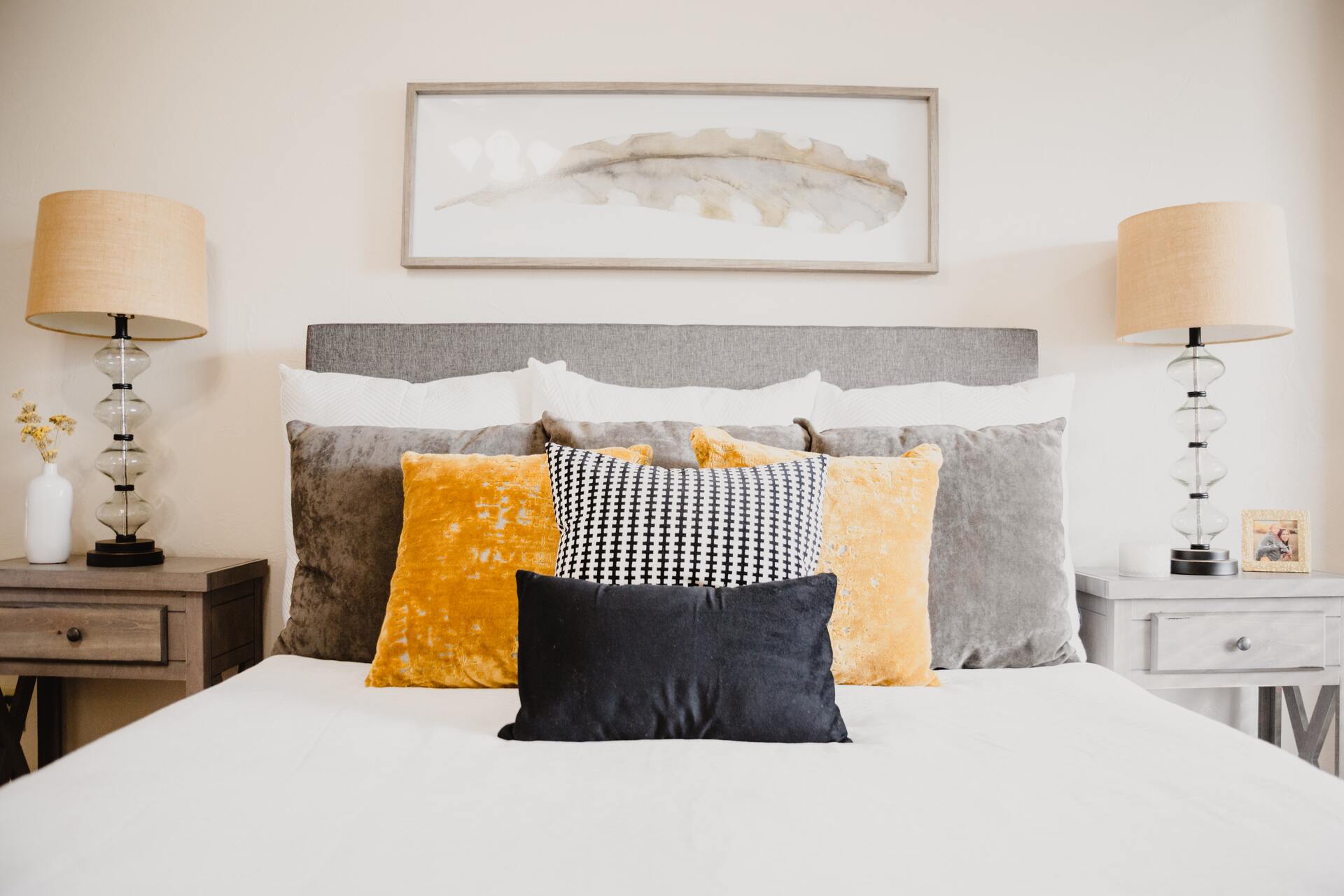
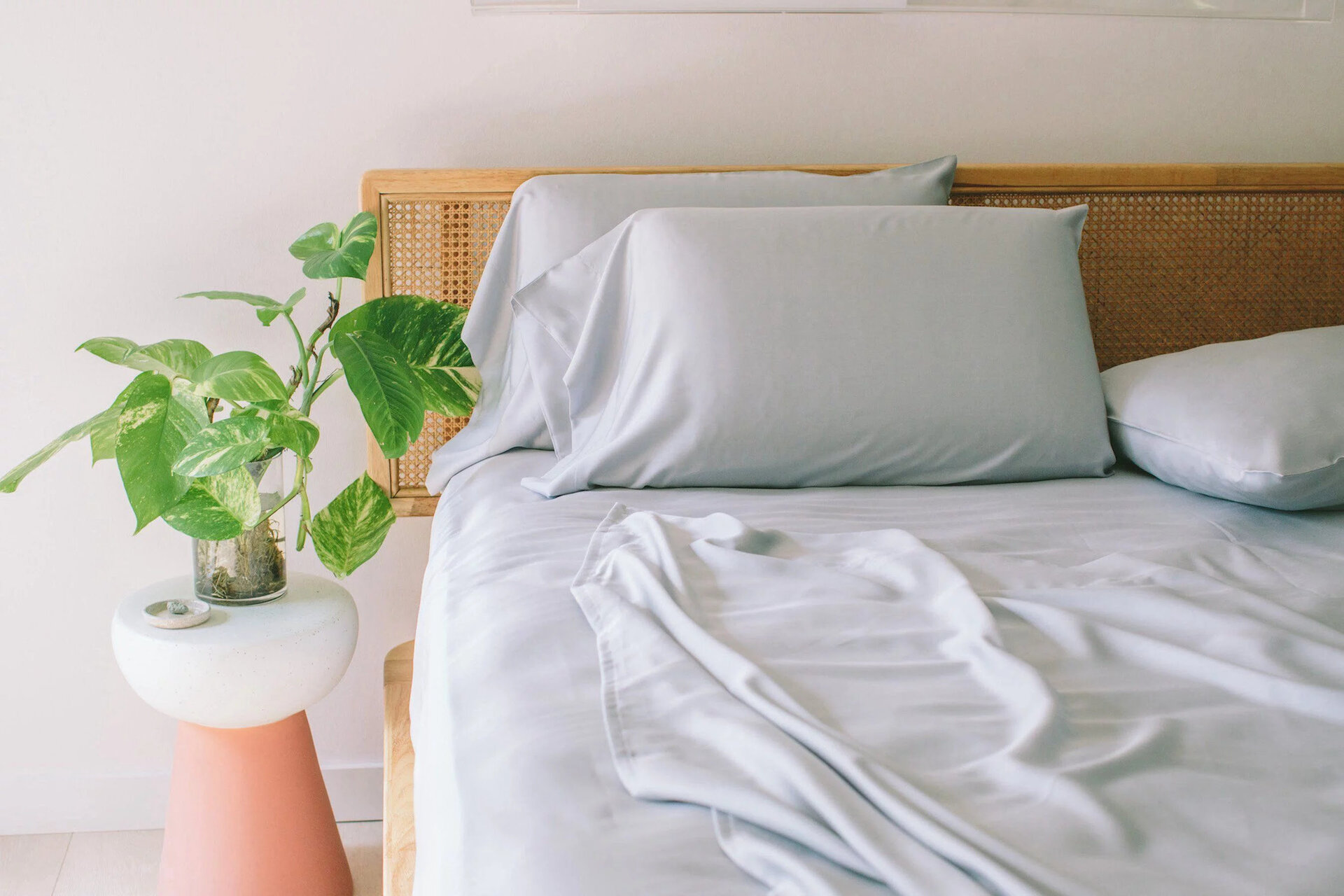
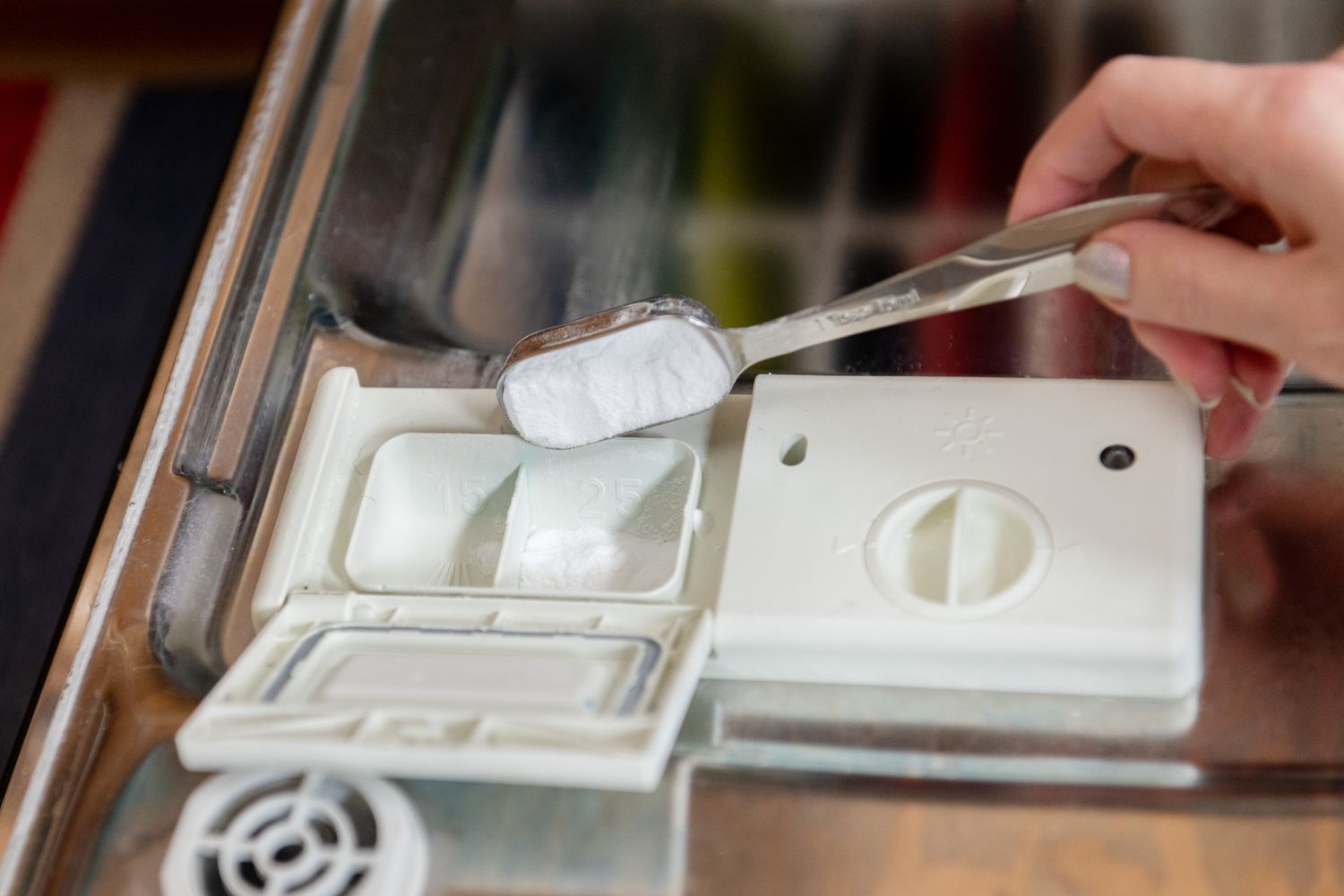
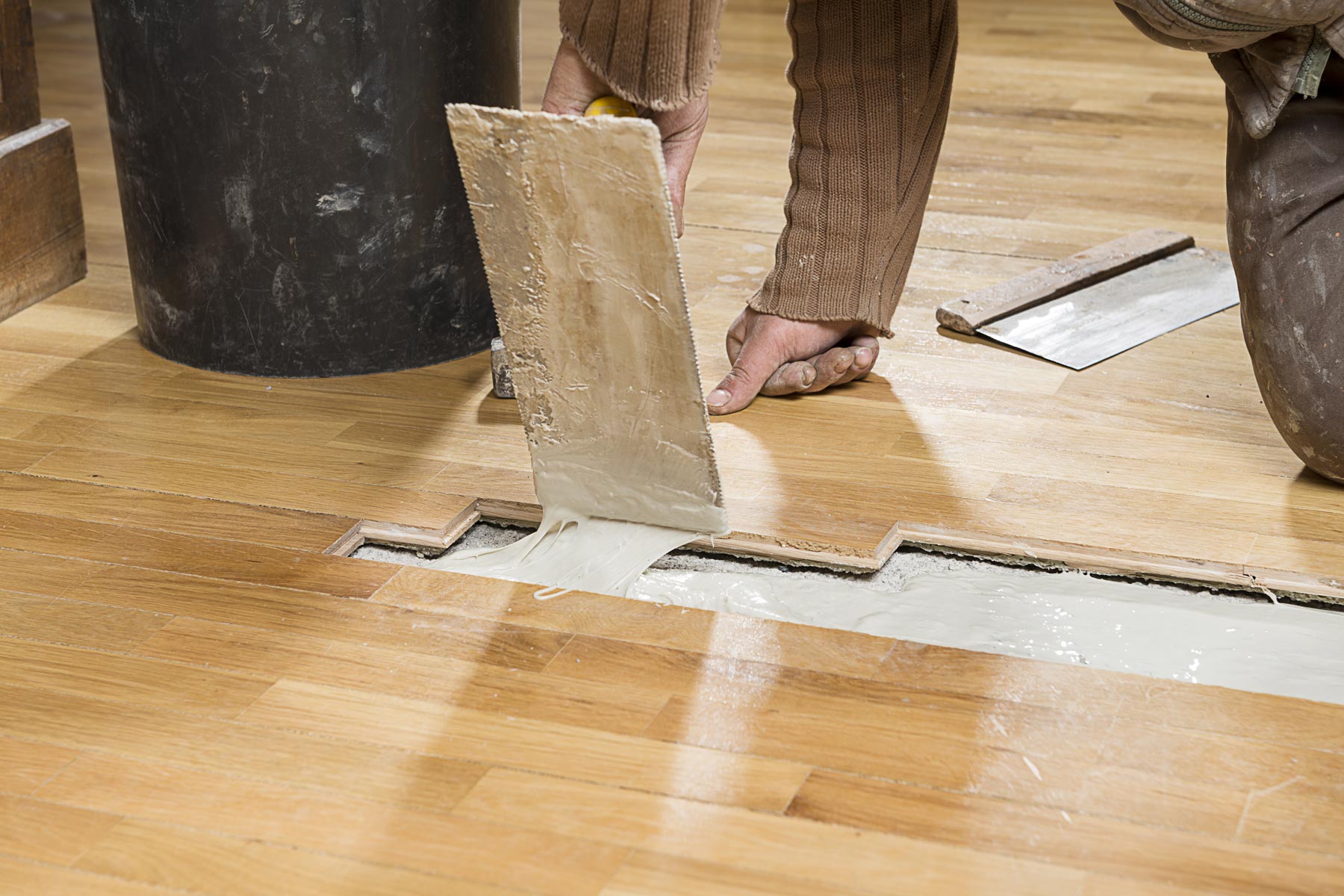

0 thoughts on “Wood Bathroom Flooring: Is Wood Flooring Suitable For Bathrooms? The Experts Explain”